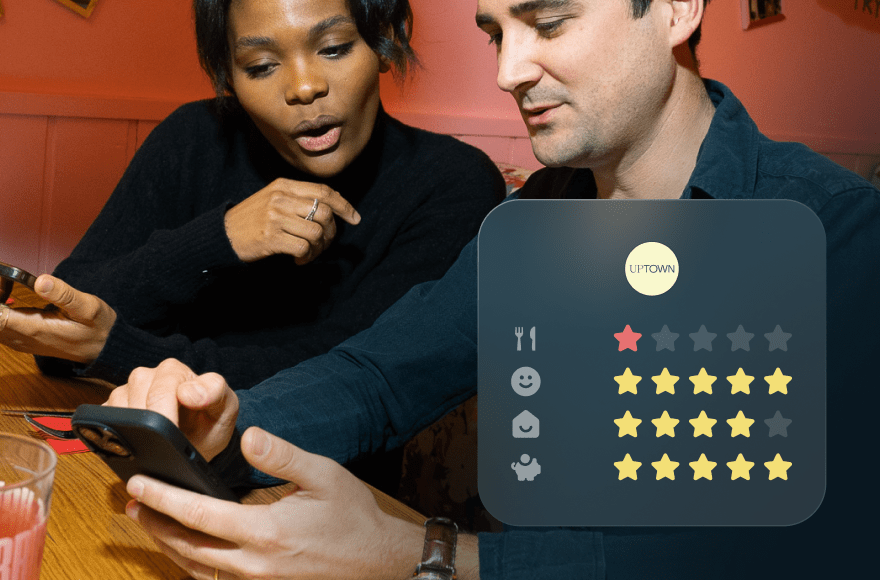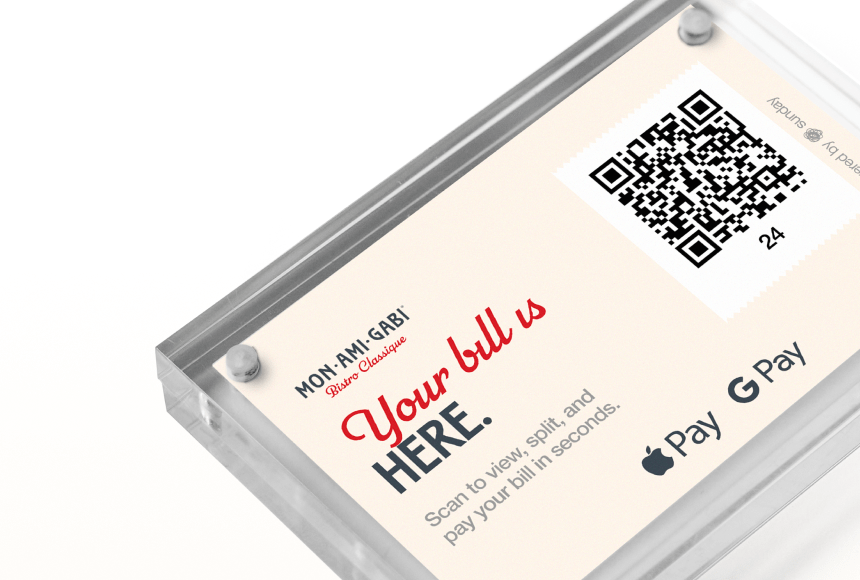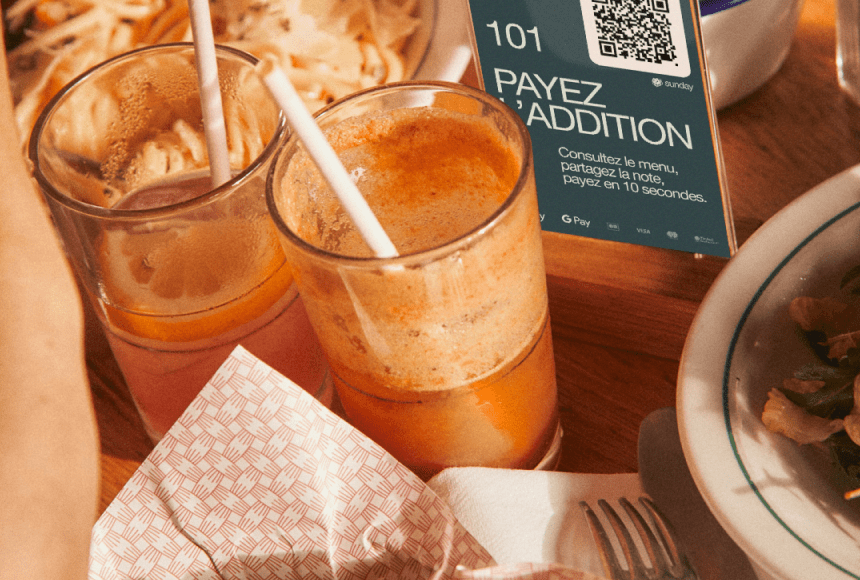
Accelerating Your Restaurant’s Pace While Keeping Diners Delighted
Why Faster Table Turnover Matters
As a restaurant owner, you’re constantly balancing numerous priorities. You want to keep customers satisfied, ensure your staff is motivated, and, of course, maintain a healthy profit margin. A key piece of this puzzle is table turnover. In simple terms, “table turnover” refers to how many times a table is occupied by different guests over a certain period of service. A faster turnover can mean more sales per shift, an expanded customer base, and higher overall revenue. Yet, one common worry is whether speeding up the dining process could negatively impact the guest experience. The short answer: It doesn’t have to.
With some careful planning, you can achieve a higher table turnover rate and simultaneously keep your diners happy (and even eager to come back). Below, we’ll explore practical approaches and real-life examples that show you how to optimize speed without sacrificing warmth, flavor, or hospitality.
1. Create a Thoughtful, Streamlined Menu
A carefully curated menu can shorten customer decision-making time and help the kitchen operate more efficiently. When diners open an endless, confusing menu, they spend valuable minutes deliberating. A “cluttered” menu can even leave them uncertain about what to order, which leads to hesitations and additional queries to the server. A streamlined menu solves this problem by focusing on quality over quantity.
Consider these tips:
- Focus on your strengths: Offer crowd favorites—or signature dishes that truly stand out—instead of an extensive list of items you only occasionally serve.
- Highlight key items: Use menu design elements (subtle icons, bold font) to draw attention to your best-selling, highest-margin, or quickest-to-prepare dishes.
- Optimize kitchen flow: Involve your chefs in menu planning to ensure dishes are easy to prepare in a timely manner. If a dish requires multiple complicated steps, consider ways to streamline or prep in advance.
In a survey by MenuTrends, 70% of diners say a simple menu helps them decide faster. [Source] By prioritizing clarity and availability, you help your guests order quickly—leading to a smooth start for every table’s experience.
2. Embrace Modern Technology to Speed Up Service
In the past, a server might have taken 3 to 5 minutes to greet the table, explain specials, and jot down orders by hand. Then, they’d hurry to the kitchen, pass the handwritten ticket, and the kitchen would prepare the meal in sequence with other orders received the same way. Each step, while seemingly small, adds up to significant time—especially during peak hours.
Today, technological solutions make a world of difference. From handheld POS devices to QR code ordering, it’s possible to drastically reduce or even eliminate unnecessary wait times. With digital systems, orders are transmitted instantly to the kitchen, reducing idle minutes. Also, mistakes due to illegible handwriting or misplaced paper tickets become less likely.
At the payment stage, using contactless payment options and user-friendly card readers (rather than older, clunkier terminals) keeps the closing of the table quick and seamless. Let’s say you have a 10-table dining room. If each table’s ordering time is reduced by 3 minutes, you’ll free up a solid half hour over the course of your busiest period. By speedily turning tables, you may bring in an extra seating or two, which directly impacts your revenue.
3. Rethink Restaurant Layout for Efficiency
Layout design influences everything from how quickly staff can move between tables and kitchen stations to how comfortable guests feel. Pathways that are too narrow create bottlenecks and frustration for both employees and diners. On the flip side, ensuring ample room for staff to pass can help them serve more tables faster.
Ask yourself:
- Do your servers have a clear route to each table?
- Are high-traffic areas (like kitchen entrances) clogging movement?
- Is there a station or area where servers can quickly grab prepped sides, condiments, or silverware to shorten the “fetching time” for common needs?
A well-planned layout means smooth foot traffic, reduced wait times for tasks like refreshing drinks, and an overall speedier service. For a deeper dive, the National Restaurant Association offers layout tips for restaurant owners looking to optimize efficiency while keeping ambiance [Source].
4. Encourage Pre-Bussing and Fast Table Reset
Picture this scenario: A party of four leaves the table, but it’s still cluttered with dishes, drink glasses, and used napkins. The host can’t seat the new guests until the table is completely cleared and wiped down. That’s a few minutes lost between seatings.
Speeding up turnover relies heavily on how fast you can prepare the table for the next party. Train your servers, bussers, and even hosts to keep an eye out for opportunities to clear empty plates and glassware during the meal (often referred to as “pre-bussing”). This lessens the cleanup at the end, making the final reset significantly quicker. Then, when the guests leave, the space requires minimal tidying—allowing you to seat new arrivals almost instantaneously.
5. Train and Empower Your Staff
Even with the best layout and innovative technology, you need a well-prepared team to deliver a positive guest experience. Staff training sessions should focus on:
- Time management: Teach servers and hosts to pace themselves. Encourage them to keep strategies like “greet new arrivals within 1 minute” or “offer dessert soon after entree completion” top of mind.
- Friendly engagement: Make interactions warm but concise. A cheerful welcome should never feel rushed or robotic. Encourage servers to look guests in the eye, smile, and use a friendly tone while being mindful of efficiency.
- Clear communication: Ensure each staff member knows that quick turnover doesn’t mean herding people out the door. Instead, it means working together to eliminate any “dead time” during the meal.
A well-trained team is the heart of good hospitality. When they feel valued and understand the restaurant’s strategy—like boosting table turnover—they tend to execute it with genuine care.
6. Offer Streamlined Payment Options
One of the biggest bottlenecks in a restaurant is often the payment process. Sometimes diners wait for the check, flag down a server to pay, and then wait for the card to be processed—or for the correct change to come back. That’s precious time that adds up quickly. Modern diners love convenience, so why not eliminate extra steps altogether?
Using a user-friendly payment solution such as sunday’s QR code technology, guests can simply scan a code, review their bill, and pay directly from their phone. They can also add a tip and leave a quick Google review within seconds. In many cases, this speeds up the final step of the meal—from 5 or 10 minutes down to under a minute. Plus, it addresses a key hospitality concern: Many guests actually dislike waiting around after they’ve decided it’s time to leave.
When you introduce that kind of convenience, you reduce frustration and show a forward-thinking approach. If handled well, it can even boost tip percentages, as diners feel more in control of the process and appreciate the speed. In addition, a well-managed digital system increases table turnover while still allowing guests to settle their bill at leisure—no more staff members hovering over them with a paper check.
7. Revisit the Dining Pace and Sequence
In many restaurants, there’s a natural flow: Greeting, taking drink orders, taking food orders, delivering food, offering dessert, and presenting the bill. This rhythm underpins the entire dining experience. To increase your turnover, consider fine-tuning this sequence without losing sincerity and warmth.
- Pre-set beverages: If appropriate for your concept (like a casual brunch spot), providing water or simple welcome mocktails can expedite the first interaction.
- Synchronize takedowns: Once the majority of diners have finished, clear plates quickly and discreetly. This signals a natural progression in the meal, while still being respectful to those who might be finishing.
- Dessert decisions: Offer a quick peek at dessert options ahead of time. Some restaurants provide a mini dessert menu mid-meal, so guests can mentally prepare their choices and not spend extra minutes debating once entrées are done.
8. Focus on Ambiance, Not Lingering
Many diners linger at a table long after they’ve paid simply because the setting is so comfortable. A relaxed ambiance is wonderful—until it’s time to turn those seats for the next group. Instead of pushing your guests out the door, think of subtle ways to encourage them to wrap up their visit without feeling rushed.
For instance, you can slightly adjust music volume or lighting to match dayparts. Brighter lighting during busier hours can psychologically signal “energetic dining,” whereas soft, lower lighting can invite a more leisurely experience—best for slower nights. Keep in mind that small ambiance changes can influence the flow of your space without sacrificing overall comfort.
9. Monitor Key Metrics to Track Progress
Data is your friend. If you’re serious about speeding up table turnover, keep track of important metrics. That includes:
- Average meal duration: How long does each guest typically stay from seating to checkout?
- Table occupancy rate: How often are your tables free vs. occupied at key times?
- Sales per seat hour: A measure of revenue generated per seat in a given hour.
When you collect and analyze these metrics over time, you can assess the direct impact of your new strategies. If average meal duration is decreasing, is your revenue going up? Are guest satisfaction ratings or Google reviews remaining steady or even rising? By looking at the full picture, you’ll be able to fine-tune your approach and confirm whether the changes you’ve made are truly beneficial.
A Quick Case Study: A Casual Bistro’s Success Story
Imagine a neighborhood bistro serving American comfort food. On weekends, guests often wait for up to 30 minutes to be seated. The owner decides to shorten that wait by optimizing table turnover. Here’s what changes:
- Menus get trimmed from 50 items to around 20, focusing on local classics and specialties.
- They implement QR code payment at each table, eliminating wait time for checks.
- Staff train on greeting times, pre-bussing strategies, and dessert presentation to seamlessly cycle each table through the dining experience.
- They update the layout, giving staff a clear path from the kitchen to the tables and moving one large community table out of a high-traffic corner.
Over the next three months, the bistro notices a 12% increase in total revenue because they can accommodate more seatings per shift. Guest feedback remains overwhelmingly positive, and a handful of Google reviews even praise the restaurant’s efficient yet friendly service. This example shows how a combination of thoughtful changes—menu, technology, staff training, and layout—can dramatically impact a restaurant’s bottom line without sacrificing soul.
Keeping Guest Experience at the Core
Throughout every step of speeding up turnover, remember that hospitality is about how your guests feel. The secret is to remove the unproductive lags in service, not minimize friendly interactions or push people out the door. If customers sense you’re rushing them, it undermines the warm atmosphere you want to cultivate.
Instead, emphasize the benefits of speed: They get what they want faster, they don’t have to chase down a server for the check, and they enjoy a well-timed progression of courses. When you involve your entire team in delivering these benefits, the result is a dining experience that’s both efficient and delightful.
Looking Ahead
Accelerating table turnover can be both profitable for restaurant owners and pleasing for your customers. By optimizing your menu, updating your layout, embracing technology (like QR code payments that let diners finalize the bill in seconds), and training your staff with a focus on hospitality, you’ll offer an experience that’s swift yet comfortable. In a highly competitive market, this balance of efficiency and warmth sets you apart—inviting guests to return, share great reviews, and recommend your restaurant to friends.
Ultimately, each minute you save can be reinvested in enhancing the dining experience. Faster table turnover doesn’t have to mean less time for a personal touch. Done right, it means more opportunity to showcase your restaurant’s brilliant flavors, friendly staff, and dedication to welcoming diners—no matter how long they choose to stay.
Find out more today
Drop us your details below and we’ll reach out within the next 24h
Get the full, detailed picture.
sunday elevates your business with insightful data, instant feedback and precise analytics.




